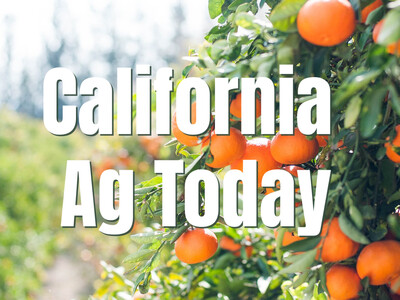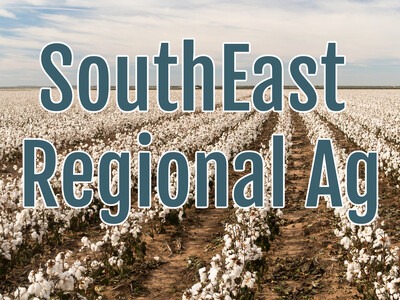NRCS Grants
The United States Department of Agriculture (USDA) Natural Resource Conservation Service (NRCS) in Idaho has announced the recipients of state-level funded grants to support innovative ideas for conservation strategies and technologies.
“Conservation Innovation Grants (CIG) play a critical role in developing and implementing innovative methods to help our farmers, ranchers and forest landowners conserve natural resources, strengthen their local communities, and improve their bottom lines,” said Curtis Elke, State Conservationist in Boise.
The NRCS uses CIG to work with partners to accelerate transfer and adoption of promising technologies and approaches that address some of the nation’s most pressing natural resource concerns. This year, two applications were selected for funding. They are:
Pollinator and Beneficial Insect Plantings for Southern and Central Idaho Organic and Transitional Farmers and Ranchers: Continued Demonstration and Innovation
Cooperator: Northwest Center for Alternatives to Pesticides
The goal of this project is to assist organic and transitioning producers in southern and central Idaho in assessing, designing, implementing and maintaining ideal habitat on their farms for native and managed bees, monarch butterflies, and other beneficial insects such as parasitic and predatory insects. This grant will focus on educational activities for farmers and ranchers to help them learn the benefits of on-farm habitat and how to assess, design, implement, and maintain healthy habitat. Idaho NRCS conservation planners will also benefit from the educational and technical resources used in this project to address the unique challenges of habitat installation on certified organic farms.
Assessing the Effectiveness of Beaver Dam Analogues (BDAs)
Cooperator: University of Idaho
This proposal will implement a novel low-cost, low-technology restoration technique known as beaver-dam analogues (BDAs) or Post-Assisted Logjams (PALS) and will examine the influences that BDA or PALS installation may have on stream characteristics, vegetation, habitat for fish and wildlife, forage availability and quality for livestock grazing. This restoration technique is suitable for the restoration of abiotic and biotic conditions necessary to support declining natural assemblages of native plants and animals, as described in the NRCS Idaho Conservation Practice Standard, “Restoration of Rare or Declining Natural Communities.” The aim is to identify monitoring techniques that are representative of the associated changes across varying spatial and temporal scales. The project will assess changes in vegetation composition and structure, stream channel geomorphology, wetted area extent and other pertinent metrics.
CIG is authorized and funded under the Environmental Quality Incentives Program (EQIP). Projects can last up to three years. The maximum award amount for any project in Idaho this year is $75,000.













